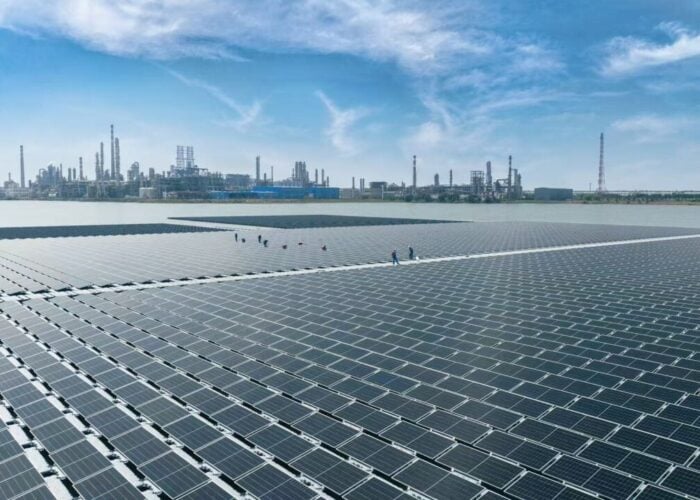
Chinese solar manufacturing giant Trinasolar has signed a 2GW module supply deal with Philippines renewable energy developer Citicore Renewable Energy Corporation (CREC).
CREC will receive delivery of Trinasolar’s Vertex N 720W Series of n-type tunnel oxide passivated contact (TOPCon) modules, to be deployed in its utility-scale solar projects over the coming years. The two companies signed a 700MW deal in October last year for Trina’s Vertex DE21 modules.
Unlock unlimited access for 12 whole months of distinctive global analysis
Photovoltaics International is now included.
- Regular insight and analysis of the industry’s biggest developments
- In-depth interviews with the industry’s leading figures
- Unlimited digital access to the PV Tech Power journal catalogue
- Unlimited digital access to the Photovoltaics International journal catalogue
- Access to more than 1,000 technical papers
- Discounts on Solar Media’s portfolio of events, in-person and virtual
“With our first gigawatt nearing completion, we are now paving the way for our next two gigawatts of solar projects through this newest supply contract with Trinasolar,” said CREC President and CEO Oliver Tan.
The Philippines’ Department of Energy has committed to meeting 35% of its electricity use with renewable energy by 2030 and 50% by 2040. In August this year, the Board of Investments (BOI), an agency attached to the Department of Trade and Industry, accelerated the permitting of a 3.5GW/4.5GWh solar-plus-storage project in the Bulacan and Nueva Ecija provinces.
Last month, Trina announced that it had pushed its i-TOPCon cell, the basis of its Vertex N module series, to 25.9% conversion efficiency. The company claimed this was a new record for a bifacial industrial TOPCon cell.
The company has had an active few months around its technological and manufacturing operations.
Last month, Trinasolar waded into the solar industry’s ongoing TOPCon intellectual property disputes by suing its competitor, Canadian Solar, for alleged TOPCon patent infringement in the US. This followed a filing with the US International Trade Commission (ITC) over products being imported to the US by Chinese competitor Runergy and Indian firm Adani Green Energy.
Sale of US manufacturing assets
However, last week, Trina announced the sale of its 5GW Texas module production facility to battery energy storage manufacturer Freyr Battery. Coming the day after Donald Trump won the US presidential election, the timing of the sale raised eyebrows among industry observers, particularly as it represented a major technological shift for Freyr.
Even prior to the president-elect’s victory – which promises some challenges for the US renewable energy sector – US lawmakers had been seeking to pass a bill excluding Chinese solar manufacturers from US tax credits under the Inflation Reduction Act (IRA).
Led by Democrat senators Sherrod Brown and Jon Ossoff, representatives of Ohio and Georgia, respectively, the bill would limit access to the US advanced manufacturing credit for products “produced by foreign entities of concern”. Both Georgia and Ohio have become home to major US-based solar manufacturing projects from Cadmium Telluride (CdTe) thin-film manufacturer First Solar and Korean-owned Hanwha Qcells.







